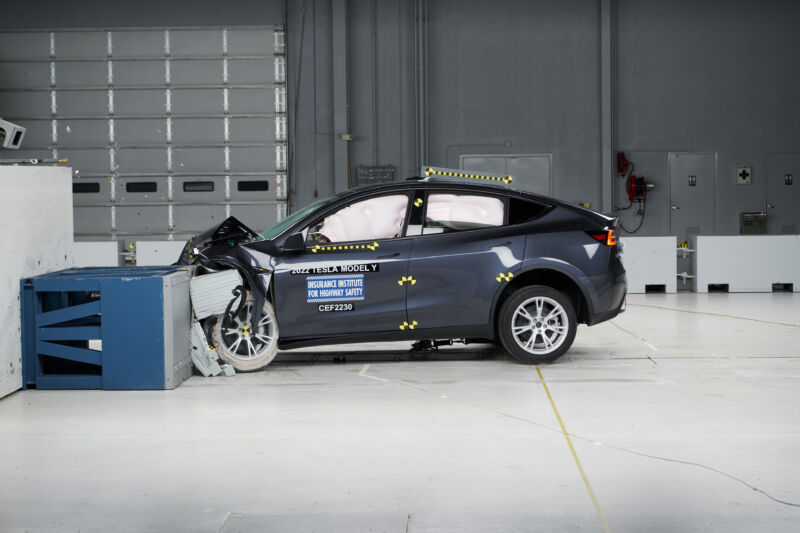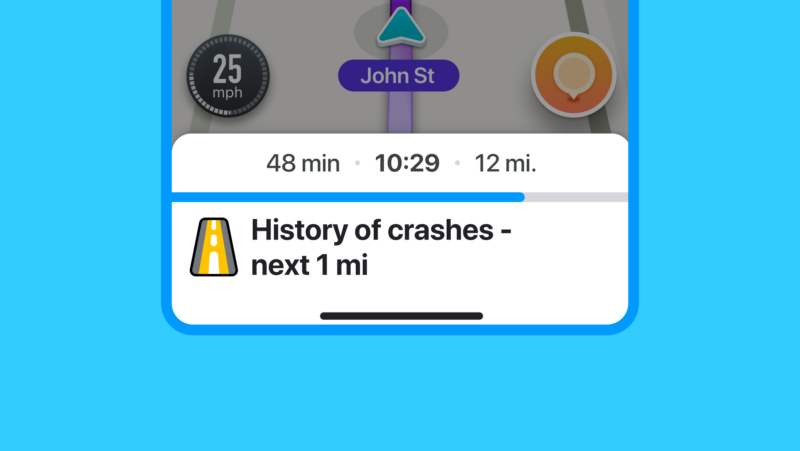-
 chevron_right
chevron_right
European crash tester says carmakers must bring back physical controls
news.movim.eu / ArsTechnica · Monday, 4 March - 22:24

Enlarge / A car's hazard warning lights will need a physical control to get a five-star EuroNCAP score in 2026.
Some progress in the automotive industry is laudable. Cars are safer than ever and more efficient, too. But there are other changes we'd happily leave by the side of the road. That glossy "piano black" trim that's been overused the last few years, for starters. And the industry's overreliance on touchscreens for functions that used to be discrete controls. Well, the automotive safety organization European New Car Assessment Programme (Euro NCAP) feels the same way about that last one, and it says the controls ought to change in 2026.
"The overuse of touchscreens is an industry-wide problem, with almost every vehicle-maker moving key controls onto central touchscreens, obliging drivers to take their eyes off the road and raising the risk of distraction crashes," said Matthew Avery, Euro NCAP's director of strategic development.
"New Euro NCAP tests due in 2026 will encourage manufacturers to use separate, physical controls for basic functions in an intuitive manner, limiting eyes-off-road time and therefore promoting safer driving," he said.





